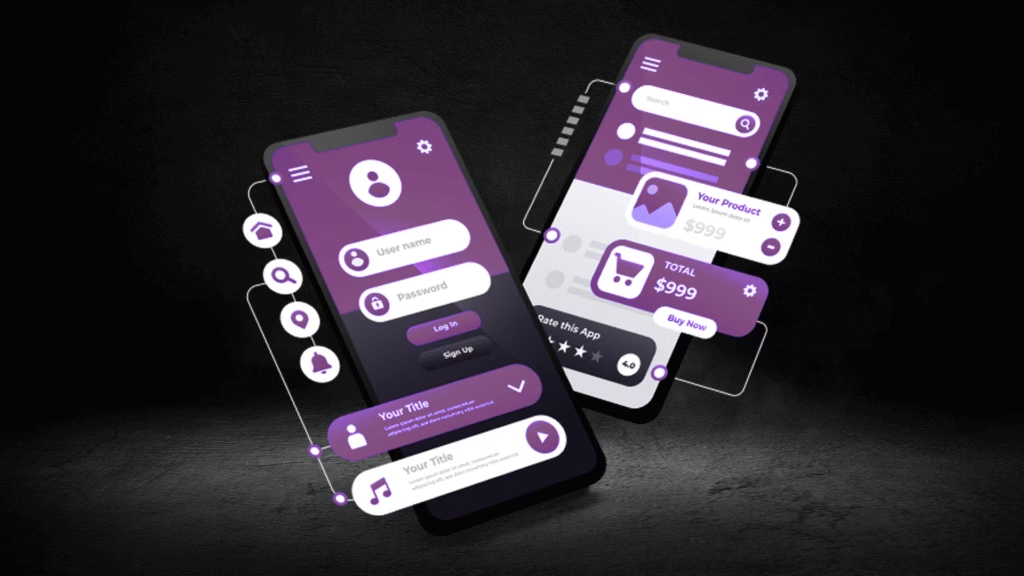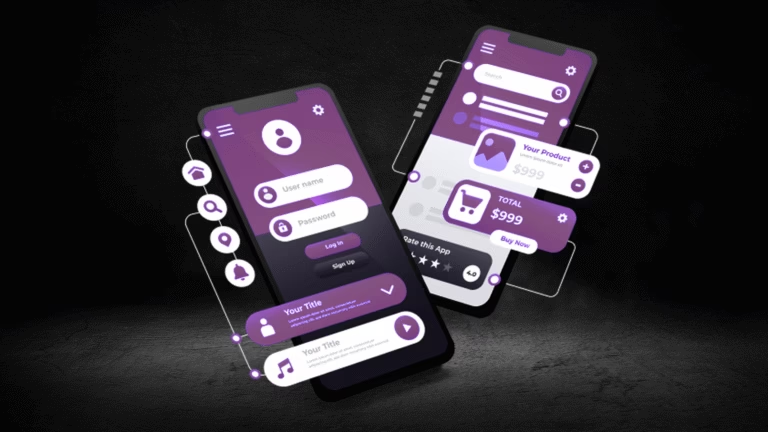
Understanding the Unique Needs of the Taxi Business
The taxi business operates within a highly competitive environment, which necessitates a suite of specific requirements that any mobile app development undertaking must address. One of the primary challenges faced by this industry is the demand for user-friendly interfaces. Customers expect applications that are intuitive and easy to navigate, as these attributes are critical for efficient booking and prompt service. A mobile app that enhances user experience can significantly influence customer satisfaction and retention in the taxi sector.
Another critical aspect is real-time tracking capabilities. Clients want the ability to locate their ride as well as monitor the driver’s progress towards their pickup and drop-off points. This functionality not only reassures customers but also optimizes the operational efficiency of taxi services. Therefore, when evaluating prospective mobile app development companies, it is essential to prioritize those that demonstrate expertise in integrating GPS and mapping technologies into their solutions.
Additionally, robust payment gateways are indispensable in today’s digital economy. Customers seek convenience and security during transactions, making it crucial for taxi businesses to offer multiple payment options integrated seamlessly into the app. A mobile app developer experienced in financial technology can ensure that these systems function efficiently within the app, contributing to a secure environment which builds customer trust.
Scalability is another significant factor impacting the taxi business. As demand fluctuates, the ability for the application to expand and support additional users and features is vital. Therefore, selecting a mobile app development company with a proven track record of creating scalable solutions tailored specifically for the transportation sector is essential. Understanding these unique needs is pivotal in making an informed decision when choosing an app development partner to support your taxi business’s growth and success.
Key Features to Look for in a Taxi App
When developing a mobile app for the taxi business, it is crucial to integrate several key features that enhance both driver and passenger experiences. One of the core functionalities is GPS navigation, which allows drivers to efficiently locate passengers and choose optimal routes. This not only improves the overall ride experience but also reduces wait times and enhances customer satisfaction.
Another essential feature is fare calculation, which provides users with transparent pricing before they book a ride. Implementing a fare estimation tool within the app can help in building trust and reducing disputes over charges. Additionally, incorporating ride scheduling options enables passengers to plan their trips ahead of time, further adding convenience and attracting more users to the platform.
User profiles are also integral to the taxi app experience, as they allow for personalized settings and preferences. By creating accounts, passengers can save frequent locations, payment methods, and even review ride histories, which further streamlines the booking process. Moreover, a rating and review system encourages accountability among drivers and provides feedback to the management team, enabling continuous improvement in service quality.
In parallel, the backend management tools play a pivotal role in the efficient operation of the taxi business. A robust dashboard for dispatchers allows for real-time tracking and management of the fleet, ensuring that drivers are efficiently allocated based on demand. Fleet management features, such as vehicle maintenance tracking and driver performance monitoring, increase operational efficiency and safety.
Incorporating these features into a mobile app for the taxi business is essential for fostering a stellar user experience, improving operational efficacy, and ultimately, enhancing overall customer satisfaction. The effectiveness of these functionalities will define the marketplace competitiveness of the taxi service in an evolving digital era.
Evaluating Potential Mobile App Development Companies
Choosing the right mobile app development company is crucial for the success of your taxi business. It is essential to conduct a thorough evaluation of potential development partners to ensure they meet your project requirements and expectations. The first step in this assessment process involves reviewing the company’s portfolio. A well-curated portfolio provides insights into the company’s previous work, showcasing their capabilities in creating mobile applications. Specifically, seek out projects that are similar in scope or complexity to your taxi app to gauge their experience in the industry.
In addition to a portfolio review, checking client testimonials is vital. Testimonials can shed light on the company’s reliability, communication skills, and ability to deliver projects on time. Additionally, they can provide perspectives on post-launch support, an essential aspect to consider in mobile app development. Engaging with previous clients directly, if possible, can offer even more in-depth insights into their experiences and satisfaction levels.
Technical expertise is another critical factor when evaluating mobile app development companies. Look for firms with a strong background in developing applications for the taxi business or similar service-based models. It is also important to examine their understanding of the latest technologies and frameworks relevant to mobile app development, such as cross-platform solutions or cloud integration, which can greatly enhance app functionality. Furthermore, inquire about their development process, from initial concept to final launch, ensuring that they follow best practices and Agile methodologies. This approach not only promotes efficiency but also encourages the flexibility needed for any adjustments along the way.
Lastly, confirm the company’s ability to provide ongoing support and maintenance post-launch. A successful mobile app is not a one-time project; it requires continuous updates and troubleshooting to remain competitive in the ever-evolving taxi industry. By considering these aspects, you can identify a mobile app development partner equipped to deliver a solution that drives your taxi business forward.
Budgeting and Timeline for Development
When embarking on the journey of mobile app development for your taxi business, the first essential step is to establish a clear budget. The cost of developing a taxi app can vary significantly based on several factors, which need to be carefully considered to ensure a successful launch. One of the primary drivers of cost is the complexity of design. A well-designed user interface that is intuitive and engaging often requires more time and resources, thereby increasing development expenses. Therefore, it is crucial to allocate a portion of your budget specifically for design, which should align with your target audience’s expectations.
Another critical factor influencing budget is the feature set of your mobile app. Taxi applications require core functionalities such as real-time tracking, payment processing, and customer support. Additional features like ride scheduling, loyalty programs, and robust admin dashboards can further enhance user experience but will also add to the overall development cost. It is advisable to prioritize these features based on their necessity and potential impact on customer engagement.
In addition to budgeting, setting a realistic timeline is equally important for effective mobile app development. The development process can be broken down into several phases, including planning, design, development, testing, and launch. Each phase requires a different amount of time and attention. While it may be tempting to expedite the development to gain a competitive edge in the taxi business, it is vital to balance speed with quality. Rushed timelines can lead to incomplete features, lower app performance, and a lack of thorough testing, potentially damaging your brand’s reputation. Therefore, creating a well-defined timeline—incorporating buffer periods for unforeseen challenges—will offer a smooth path from concept to launch.








